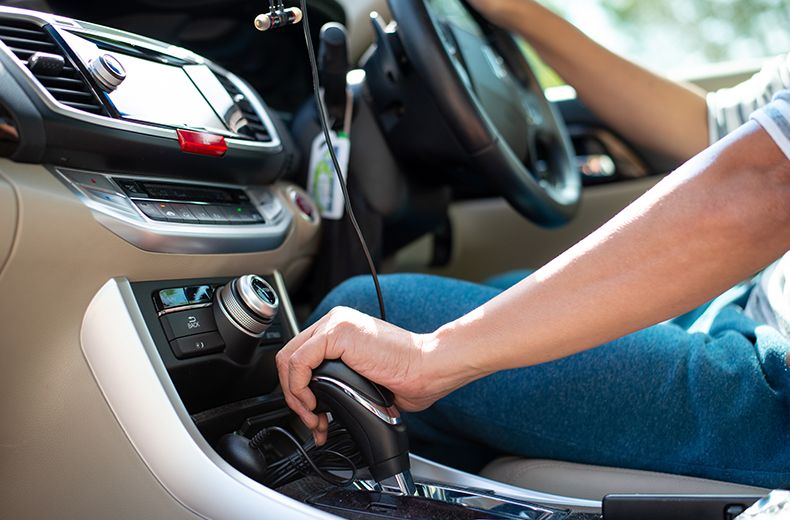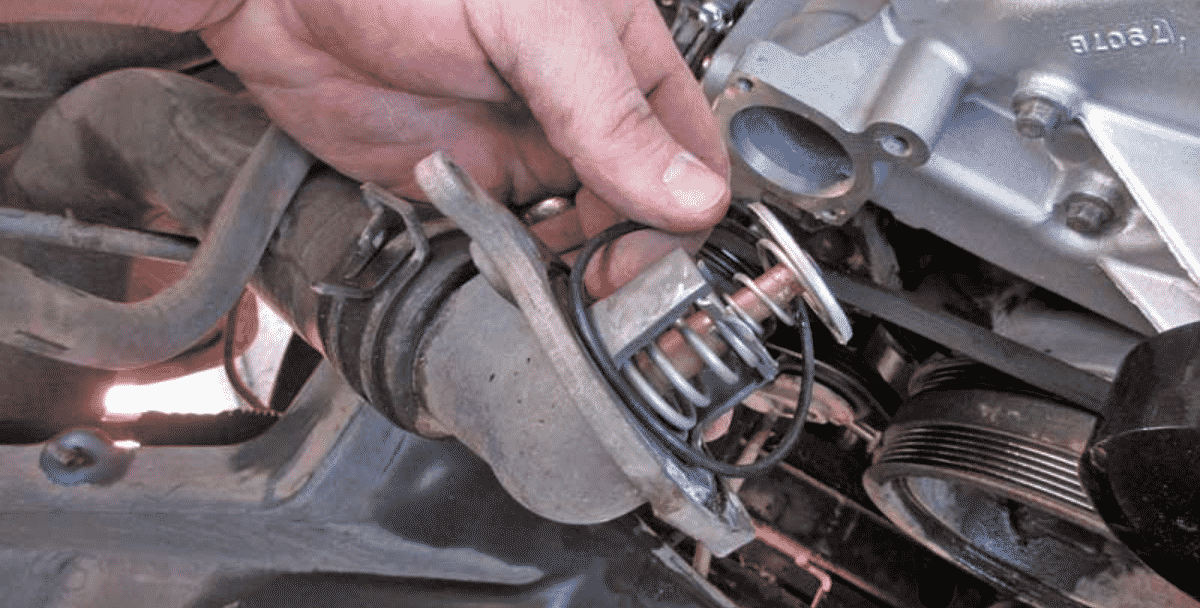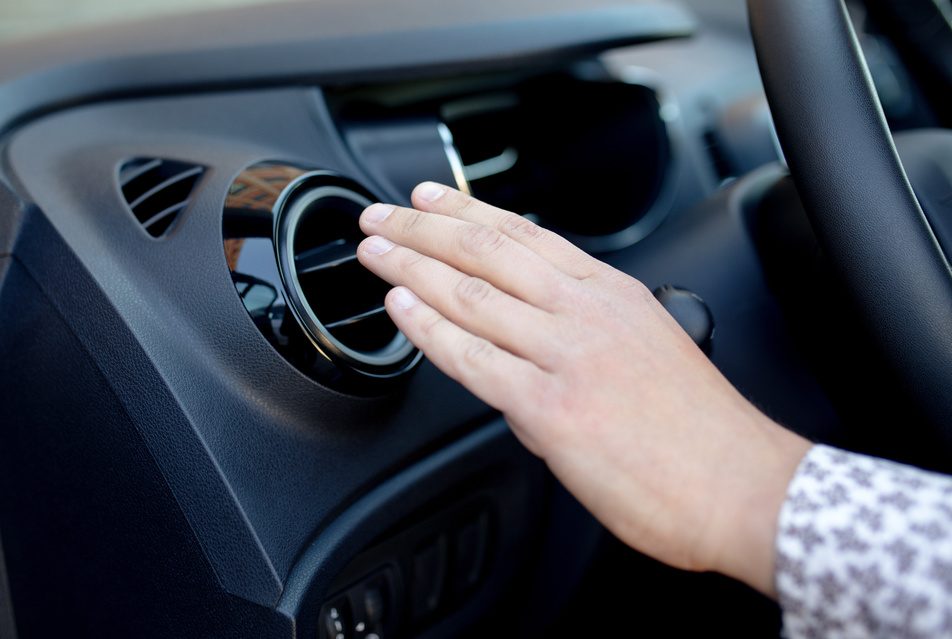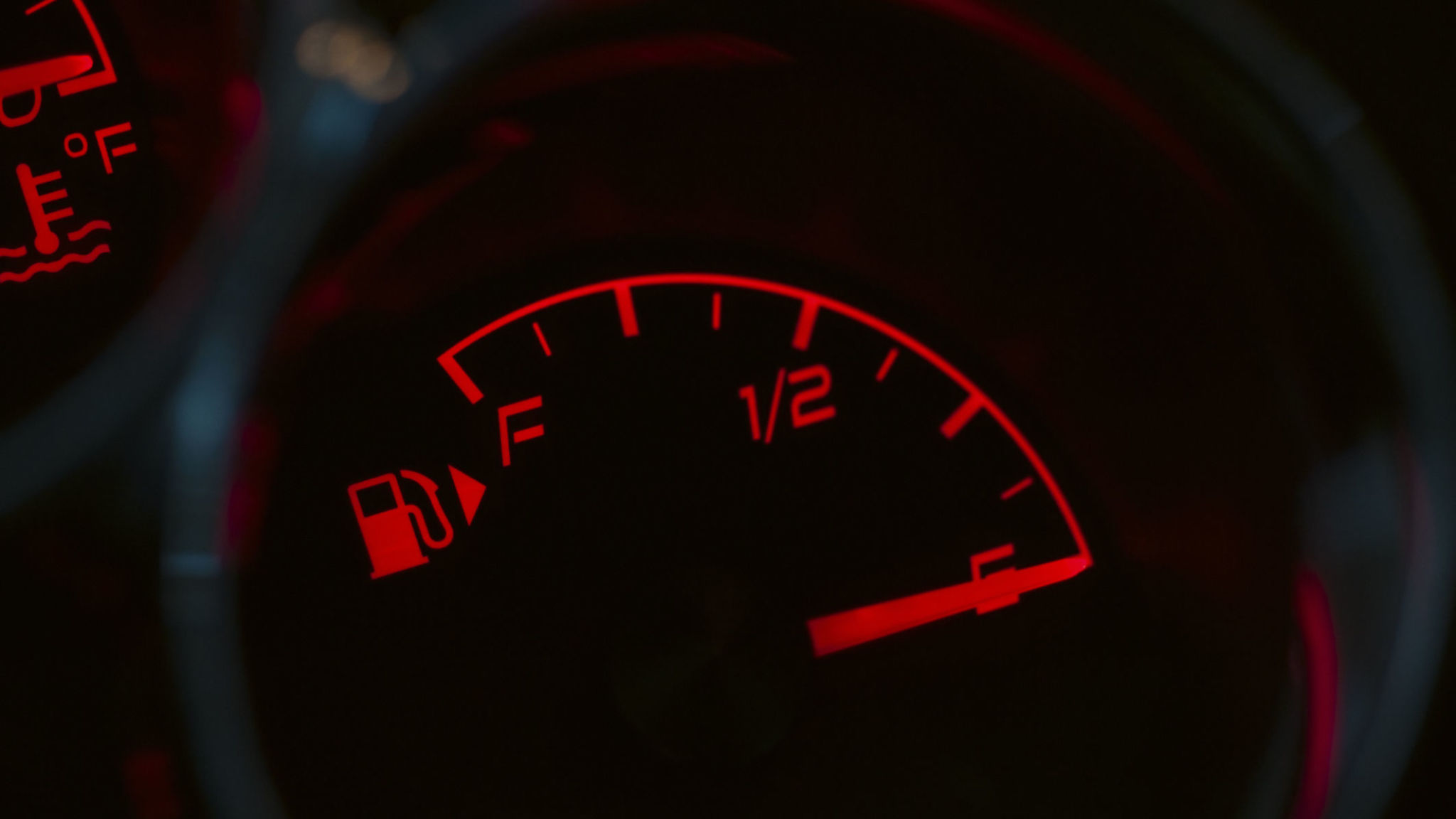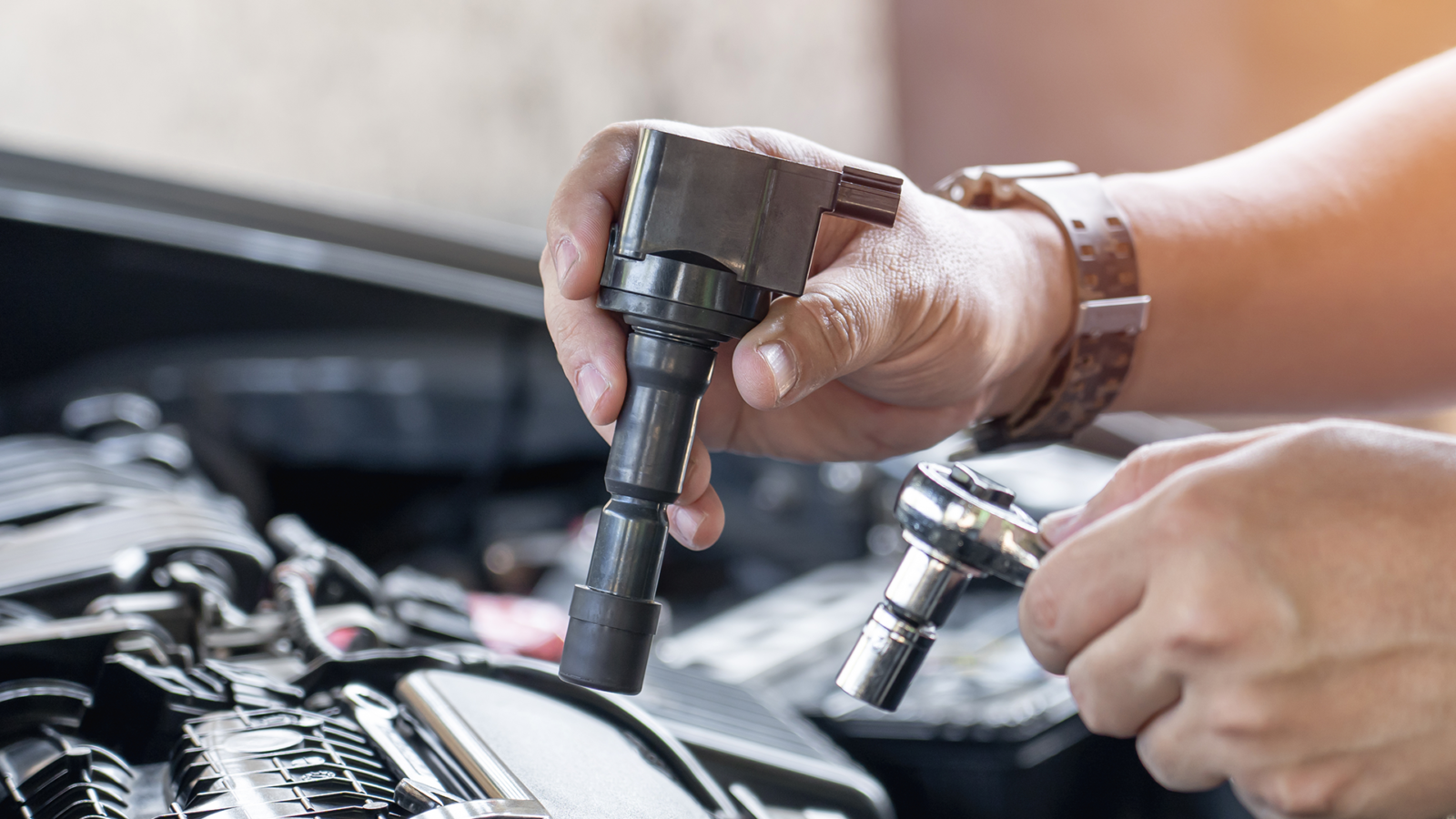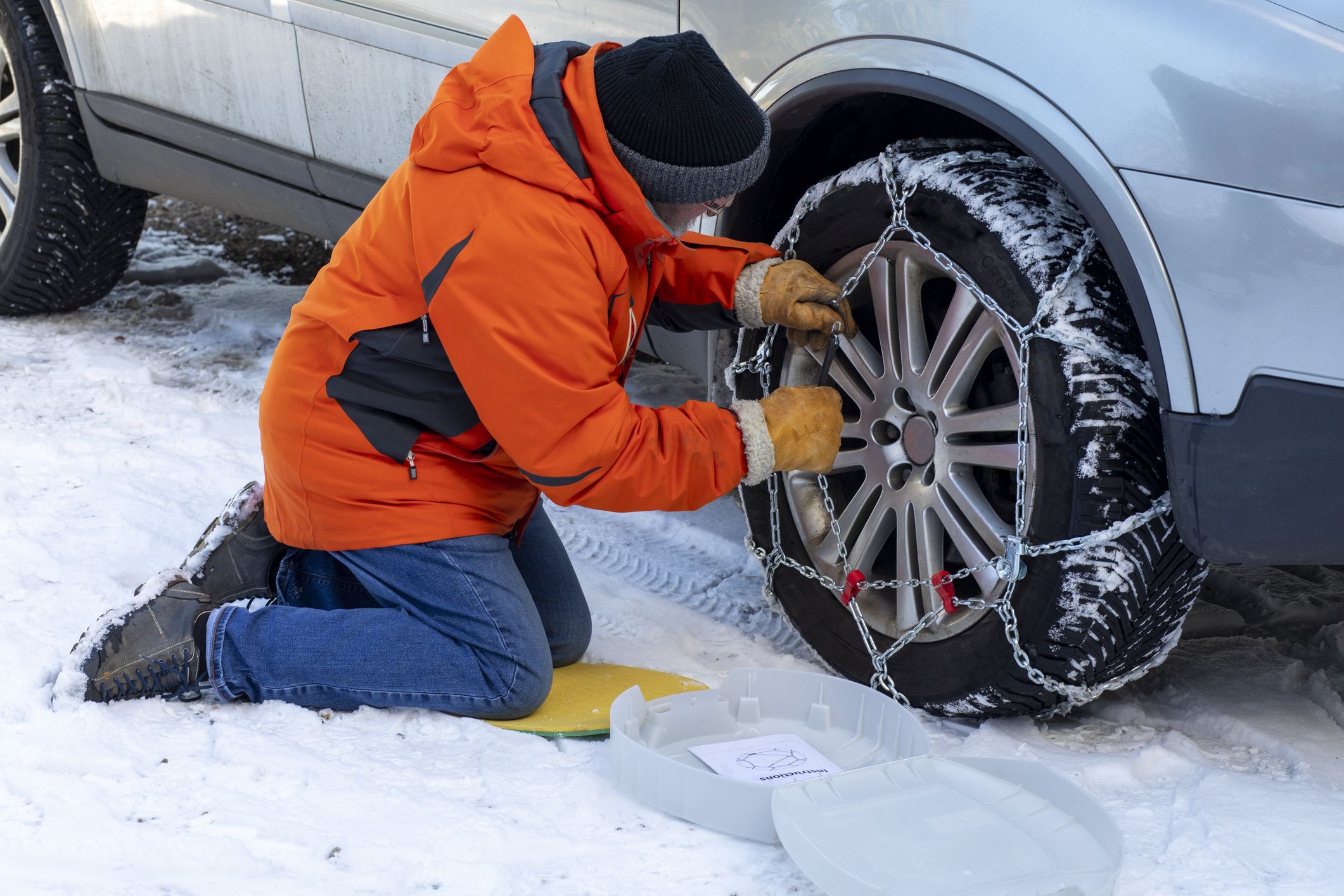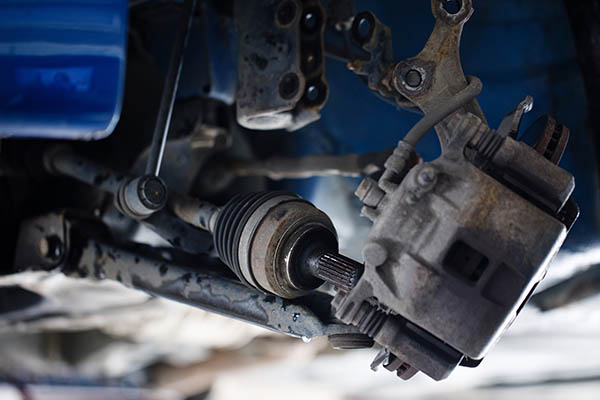We’ve put together a list of 10 things that could be harming your vehicle – and you might not even realise you’re doing them.
Effects of engine braking
Engine braking, or shifting gears to reduce your speed, can damage your drivetrain, especially the transmission.
Using your gears to brake when travelling, especially at higher speeds, can shorten the lifespan of your engine, so using your brake pedals lightly is the best practice for this.
Resting your hand on the gearstick
As a learner driver, your driving instructor probably told you to keep both hands on the wheel at all times, but many of us develop bad habits as soon as the ‘L’ plates are consigned to the bin.
One of these might include resting your hand on the gearstick.
But did you know this can be bad for the transmission?
The gearstick is connected to a selector fork, which is designed to make contact with a rotating collar for a short amount of time.
If you rest your hand on the gearstick, you risk applying pressure to the selector fork, causing premature wear.
Some owner’s manuals specifically advise against resting your hand on the gearstick, it’s worth checking yours to see if that’s the case.
Accelerating in a high gear
Many modern cars feature a gearshift indicator light, advising you when to change up or down a gear.
These tend to be set for economy, so more often than not you’ll be short-shifting to maximise efficiency.
However, you need to keep an eye on the downshift icon or be prepared to change down when necessary.
Accelerating at low rpm, or in too high a gear, means that the engine is working harder, placing unnecessary strain on the motor. If you accelerate hard when the engine is cold then you may also increase wear and tear, due to the fact the oil hasn’t reaches its optimal operating temperate.
Change down and allow the revs to rise before changing up.
This is particularly important when carrying heavy loads or when climbing hills.
Vehicle overloading
Modern cars are designed to carry heavy loads, but that doesn’t mean they can’t be overloaded.
Your owner’s manual will often tell you your car’s maximum load weight, which will give you an indication of how much luggage you can safely carry as a total – an exercise often put to the test when moving house or going on a long holiday.
The greater the weight, the more strain you’re placing on the brakes, suspension, and drivetrain.
It’s also worth noting that while leaving unnecessary items – like golf clubs or gym gear in the boot of you car – won’t add increased strain on your car’s parts, it will affect your car’s fuel economy and possibly your car’s emissions output.
So it’s always advisable to leave the golf clubs at home when not needed and try to travel as light as possible.
Shifting from drive to reverse before stopping
Shifting between reverse and drive (and vice versa) in a car fitted with an automatic gearbox is really bad for the transmission.
The automatic ‘box is designed to shift gears – leave the brakes to do the stopping.
Shifting gear before coming to a stop will cause wear and tear on the transmission band, rather than the brake discs and pads, which are serviceable items. Any work on the automatic transmission will be labour-intensive, and therefore costly.
The same can be said about crunching the gears in a manual car too, so it’s advisable to come to a complete stop before switching in to reverse gear (although most modern cars won’t allow you to switch without stopping anyway).
Car dashboard warning lights – don’t ignore them
Modern dashboards feature more lights than Blackpool at Christmas.
Some, such as ‘washer fluid’ or ‘bulb gone’, can be ignored until you get a chance to stop.
But others need to be investigated at the earliest opportunity.
It’s worth checking your owner’s manual to find out what the warning lights on your dashboard mean and familiarising yourself with the most serious ones so you know which ones to pull over and address immediately when driving.
If the following warnings appear on the dashboard, you’re advised to stop and seek help from your breakdown provider or a reputable local garage:
- Engine/ECU
- Braking system
- Power steering failure
- Airbag
- Oil pressure
- Cooling system
Revving the engine when cold
Some folk may tell you that making regular short journeys is terrible for your car because the engine oil never fully warms up.
In reality, all vehicles start from cold, so the critical thing is to avoid revving the engine until it is warmed up.
This gives the oil the time to warm and circulate around the engine, avoiding potential damage and undue wear and tear.
Riding the clutch
Riding the clutch is a bad idea, especially as it’s considered to be a ‘wear and tear’ item, and therefore not covered by a warranty.
Riding the clutch happens typically when a driver fails to take their foot off the pedal after changing gear, or when attempting to do a hill-start.
Poor clutch control will cause excessive wear, shortening the life of the plate. You may need a clutch repair to get back on the road.
Make sure your foot has left the clutch pedal – using the off-clutch footrest, if fitted.
When performing hill-starts, leave the car in neutral with the handbrake on until you’re ready to move.
Late braking
There may be a time when you need to perform an emergency stop, in which case sudden braking is essential.
But consistent late braking will place more strain on the braking system, wearing out your pads and discs faster, as well as costing you more fuel in the process.
In general, a slow and considered approach to driving, anticipating the road ahead, is better for your car and the environment.
Hopefully none of these habits have caused you a breakdown in the past, but do make sure you have breakdown cover, van breakdown cover or business breakdown cover in case it does happen!

